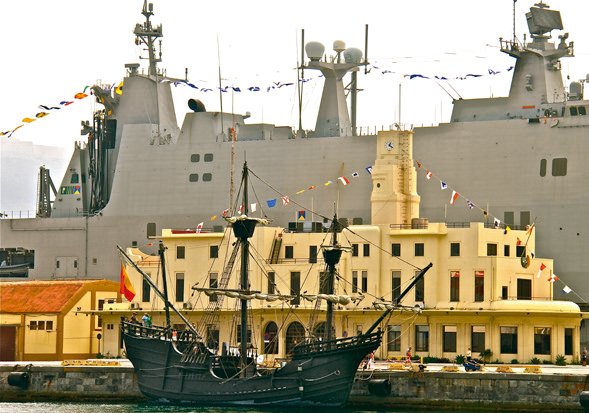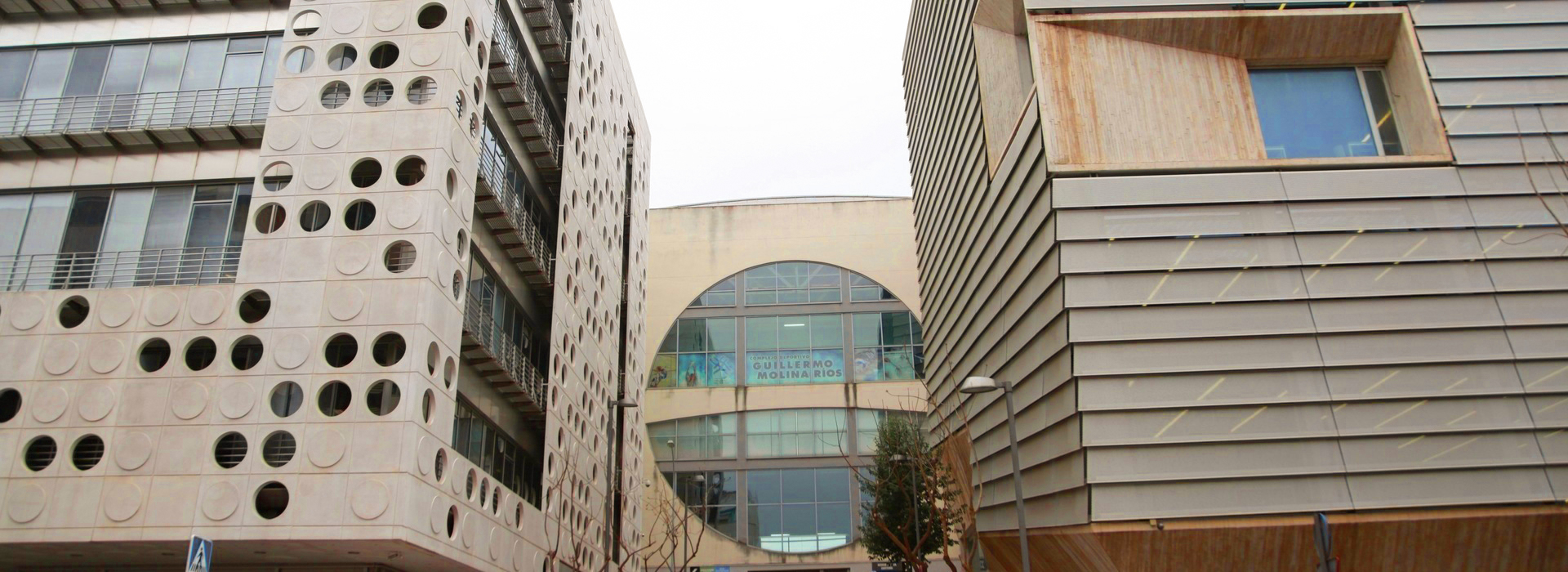Architecture
Ceuta has an immense architectural heritage in which numerous buildings of great cultural value stand out, known by the local population and admired by tourists visiting the territory.
The city has a distinctive built ensemble that reflects the historical peculiarities of the different eras and cultures that have passed through it.
House of Dragons
A three-story historicist building built by the Cerni González brothers at the end of the 19th century, following the plans of Cortina Pérez. Work began in 1897 and the building soon received the nickname Casa de los Dragones (House of the Dragons) because of the large figures that crowned its façade.
During the Second Republic the dragons were removed and after the restoration of the façade, replicas of the original figures were placed.
C/ Millán Astray nº 1.
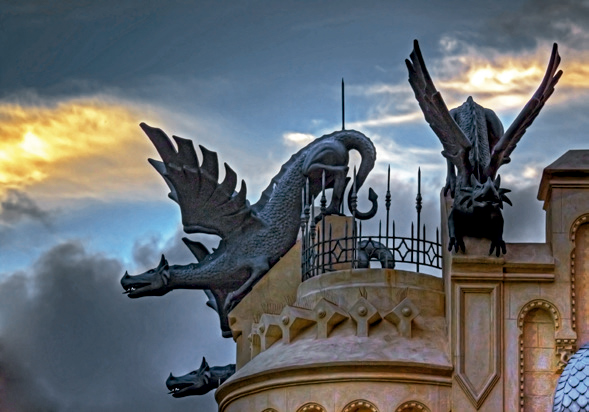
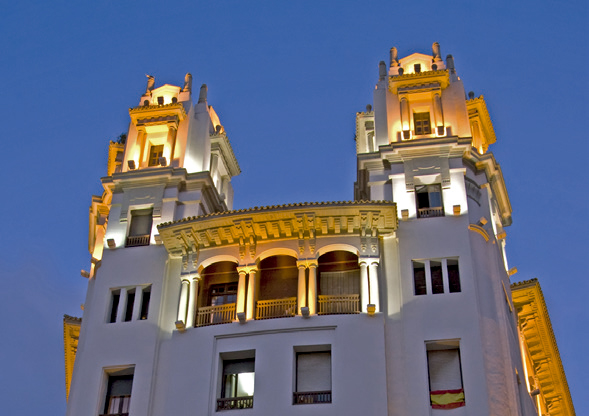
Trujillo Building
This building is named after the family that ordered its construction, which began in 1925. The new building is inspired by the neo-baroque buildings of historicist style that were fashionable in the great Spanish thoroughfares.
The exterior stands out for its power, which increases its location in chamfer. Inside, the wonderful spiral staircase stands out, which can be visited from the side entrance of the building.
C/ Paseo del Revellín nº 1.
Edificio Trujillo
Este edificio recibe su nombre de la familia que ordenó su construcción, que comenzó en 1925. La nueva edificación está inspirada en los edificios neobarrocos de corte historicista puestos de moda en las grandes vías españolas.
El exterior destaca por su potencia, que aumenta su ubicación en chaflán. En su interior destaca la maravillosa escalera de caracol, la cual puede visitarse desde la entrada lateral del edificio.
C/ Paseo del Revellín nº 1.

Palace of the Assembly
Also known by the people of Ceuta as the old city hall, construction began in 1914 and was inaugurated by King Alfonso XIII and Queen Victoria Eugenia of Spain in 1927.
Inside the building are the imperial staircase, the French-style Throne Room, the Spanish Renaissance Session Room and the Empire-style rotunda.
Plaza de África s/n.
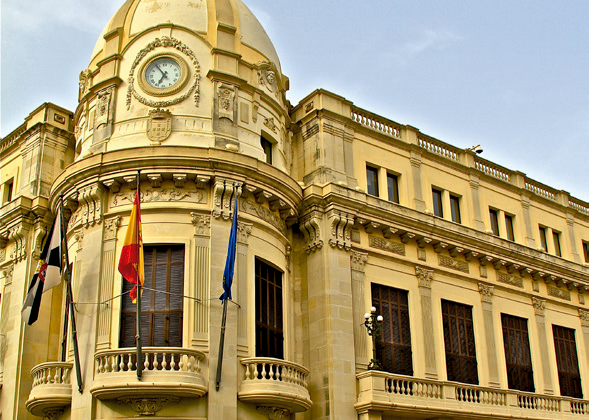
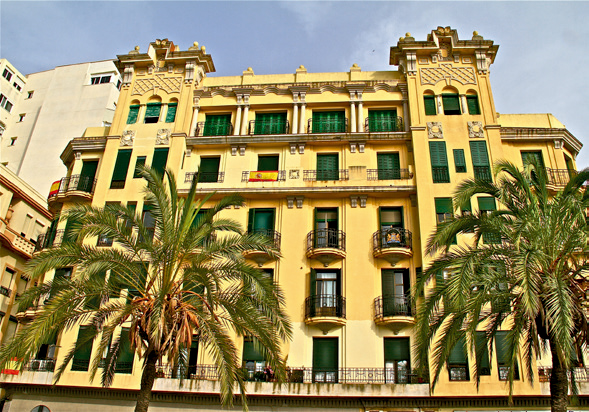
House of the Pulpits
The building was built in 1934. The four floors respond to the functionalist style of the architect (José Blein), only altered by neoclassical and baroque elements, which have served to popularly know the building as Casa de los Púlpitos (House of the Pulpits) because of the shape of the balconies.
Paseo Marina Española, nº21.
Casa de los Púlpitos
Paseo Marina Española, nº21.

Port Authority
Erected in 1929, under the plans of the architect Manuel Latorre Pastor to reconstruct a palatial building designed by Andrés Galmés Nadal, it is a clear example of machine aesthetics.
The shape of the building is inspired by the structure of a ship, with overhanging eaves, porthole-shaped openings and spaces reminiscent of chimneys.
Muelle de España s/n.
